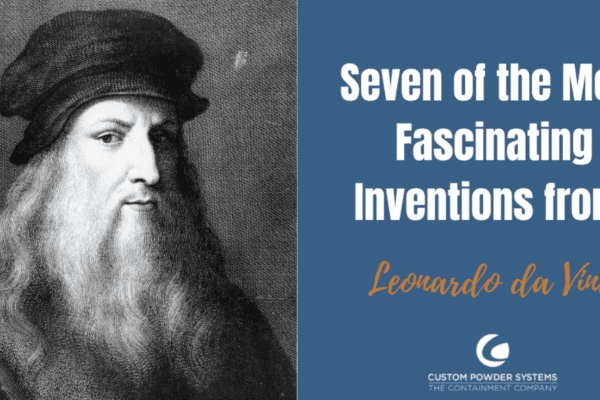A minority in many facets of her life, Olga D. Gonzalez-Sanabria was one of the few women who earned an engineering degree from the University of Puerto Rico and eventually became the highest-ranking Hispanic employee at NASA’s Glenn Research Center. Her invention of the long cycle-life nickel-hydrogen battery has been a critical tool in the advancement of energy storage for space exploration.
A brilliant woman who eventually became the highest-ranking Hispanic employee at NASA’s Glenn Research Center, Olga D. Gonzalez-Sanabria made great strides in the field of chemical engineering – especially recognized for her achievements related to energy storage technologies for space.
A Natural-born Engineer
Born, raised, and educated in Puerto Rico, Olga was destined to become an engineer, as she took an interest in math and science early on in her life. During a high school career fair in the 1970s, she was taken by the idea of helping to solve the energy crisis, and soon joined the ranks of the few women studying engineering at the University of Puerto Rico. She earned both a bachelor’s and master’s degree in chemical engineering, the latter from the University of Toledo.
In 1979, Olga began her career at NASA’s Glenn Research Center researching energy storage technologies for space in the Electrochemistry Branch of the Solar and Electrochemistry Division. Over the years, she made great strides in various research departments until officially being promoted to management in 1995. She ultimately became the director of the Engineering Directorate, a position she held until the end of her service in 2011.
A Battery for Outer Space
During her tenure at NASA, Olga was constantly working to create and improve various tools to be used for space exploration. Most notable was her team’s advancements with nickel-hydrogen fuel cells, a critical power source that was known to deplete too quickly. After much research and experimentation, the scientists significantly improved the separators that isolate oxidation and reduce voltage losses within the battery.
Olga and her team’s creation of the long cycle-life nickel-hydrogen battery was a monumental achievement and was put to use in the International Space Station power system. This type of battery, on average, could run for 40,000 cycles, and last for 10-15 years. In 1988, Olga’s team received an R&D 100 award for their invention.
An Engineering Role Model
Olga eventually honorably retired from NASA after 32 years of service, but not before earning numerous awards for her achievements, including the Women of Color in Technology Career Achievement Award (2000), Outstanding Leadership Medal (2002), Ohio Women’s Hall of Fame Inductee (2003), YWCA Women of Achievement Award (2004), and Presidential Rank of Meritorious Executive (2007). Most recently, she was inducted into the NASA Glenn Research Center Hall of Fame (2021).
Today, Olga is president and co-owner of her own company, GX Matrix Consulting LLC. She is also passionate about mentoring young women, encouraging them towards the STEM field, and exemplifying a positive and accomplished role model. She says that the most valuable advice she would give to her younger self would be: “Be more assertive, document your progress and achievements. It will help you as you move up the ladder and remind you that you are contributing to the mission.”
To hear more stories about professional women whose perseverance has made them inspirational figures in their fields, check out our podcast, The Art of Engineering.
To hear more about the art of engineering, sign up for our newsletter.







